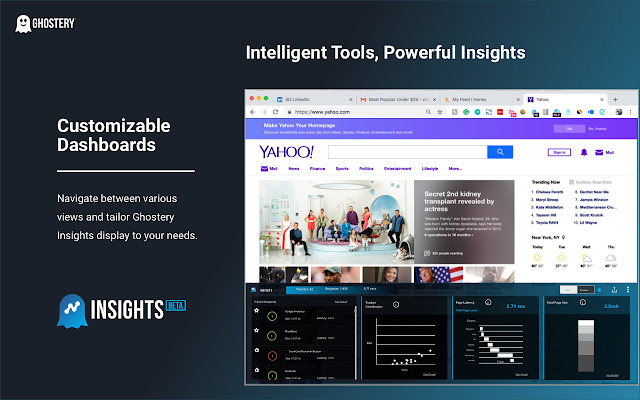
How Do Moving Averages Reduce Noise in Data?
“Cut through the chaos. See the trend, not the chatter.”
Trading can feel like standing in the middle of Times Square at rush hour — numbers flashing, prices ping-ponging, indicators lighting up like neon signs. The challenge? Separating real, actionable signals from all that market static. This is where moving averages step in like a skilled sound engineer, filtering out the hiss so you can actually hear the music. Whether you’re trading forex, stocks, crypto, commodities, or indices, the principle is the same: smooth the clutter, find the flow, and make decisions based on signal, not noise.
Why Good Traders Love Moving Averages
In plain terms, a moving average takes a bunch of past data points and blends them into one smoothed line. Instead of staring at a jagged mountain range of tick-by-tick chaos, you get something that’s easier on the eyes — and easier on your brain. Short-term market swings might look dramatic minute-to-minute, but when you average them over a certain period, the underlying pattern emerges.
In prop trading firms, where every fraction of a second matters, many traders swear by moving averages as a core layer in their strategy. It’s not magic; it’s math plus discipline. You’re essentially turning down the volume on the noisy chatter so that the real market “voice” comes through.
How Moving Averages Actually Reduce Noise
Think about it like this: if you sample one friend’s opinion on a movie, you might get an extreme view. Ask twenty friends and average their answers — you’ll have a more balanced picture. Market prices work the same way.
-
Smoothing Out Volatility Short-term spikes (caused by sudden news, large orders, or market makers pushing liquidity) can be misleading. A moving average softens these bumps so you focus on the general direction, not every pothole.
-
Highlighting Momentum With noise reduced, you spot momentum shifts faster. A rising 50-day moving average suggests buyers are in control. A falling one warns you that sentiment is cooling.
-
Helping With Crossovers When a shorter moving average crosses above a longer one, it’s often a sign of a potential trend change. Without noise reduction, those crossovers could happen too often and lead to “false alarms.”
The Prop Trading Connection
In the prop trading space, there’s a massive difference between trading what you think is happening and trading what’s actually happening. Moving averages help neutralize emotional responses — the “it’s skyrocketing, I have to jump in!” moments — by grounding decisions in averaged, clean data.
For multi-asset traders dealing with forex volatility, crypto’s wild 24/7 swings, and sudden equity gaps, this is invaluable. A 20-period moving average on a EUR/USD chart behaves very differently than the same moving average on Bitcoin — but the purpose is the same: filter, focus, act.
Real-Life Example
I once sat next to a crypto prop trader who had three screens filled with BTC/USDT one-minute charts. Without moving averages, it looked like a heart monitor in an ER. Add a simple 9-period exponential moving average (EMA), and the whole picture changed. The candlesticks that previously felt like random mood swings became movements with shape and rhythm. He wasn’t chasing price anymore — he was riding it.
Combining Moving Averages With Smart Strategy
Noise reduction is just part of the game. To really unlock potential, traders often combine moving averages with:
- Support & Resistance Levels
- Volume Analysis
- Trendline Breakouts
- Risk Management Rules — Fixed stop-loss and take-profit levels to avoid getting chopped up.
For prop firms funding traders, a strategy built on this foundation is easier to evaluate and scale.
Looking Ahead: From Moving Averages to AI-Driven Trend Detection
We’re moving into an era where decentralized finance (DeFi) meets AI-powered trading algorithms. Imagine smart contracts executing trades automatically when certain moving average conditions are met — no human delay, no missed opportunities. But while tools get smarter, the principle stays the same: reduce noise to see the underlying truth.
The challenge in DeFi? Data quality and execution latency. Blockchain feeds can still be slower than centralized exchanges, but advances in Layer 2 scaling and off-chain computation are closing that gap fast.
The Future of Prop Trading
The next wave will be hybrids — human traders armed with machine learning models that automatically adapt moving average periods based on volatility regimes. Forex, stocks, crypto, indices, options, commodities — all under one adaptive system. Those who can interpret the outputs, not just receive them, will have the edge.
Final Takeaway
Markets will always have noise. The best traders aren’t the ones who have eliminated it completely (that’s impossible); they’re the ones who know how to mute it when they need to. Moving averages are the simplest, most battle-tested way to do that.
“Trade the trend. Tune out the noise.”
If you want, I can also give you a shorter, high-impact version of this piece tailored for social media where the slogan and hook really pop. That way it works both as long-form and as teaser content. Do you want me to prep that?

